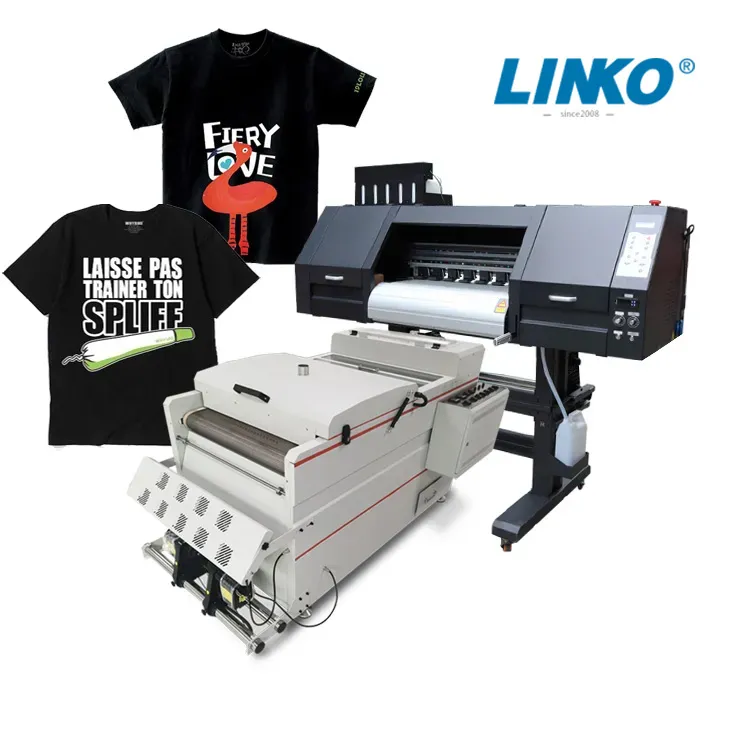Ultimate Guide to DTF Printing Techniques for Spectacular Fabric Styles
Beginning on the journey of mastering DTF printing techniques can open up a world of opportunities for creating aesthetically exciting textile designs. In this overview, we will certainly check out the elaborate details of DTF printing, from grasping the basic basics to unraveling progressed color methods that can elevate your styles to brand-new elevations.
Comprehending DTF Printing Basics
DTF printing, a process that entails moving layouts from a special film to fabrics utilizing warm and pressure, creates the structure of fabric printing techniques. This cutting-edge approach enables premium, lively designs to be seamlessly moved onto different fabrics with accuracy and detail. The very first action in DTF printing entails developing or picking a style that will be published onto the textile. This layout is then published onto a special movie utilizing a DTF printer, which utilizes specific dyes or pigments to make certain color precision and longevity.
Once the style is published on the film, it is after that meticulously put onto the textile, ensuring appropriate placement and positioning. The following vital action entails applying warmth and stress using a warm press equipment. This process activates the dyes or pigments on the movie, causing them to sublimate and bond with the fabric fibers permanently. The outcome is a magnificent, lasting fabric layout that is cleanable, versatile, and immune to fading. In general, comprehending the essentials of DTF printing is essential for grasping this modern-day textile printing method.
Picking the Right Fabric Products
Having actually established the fundamental principles of DTF printing strategies for textile styles, the next important factor to consider lies in picking the ideal fabric products to match this innovative process properly. Furthermore, the stretchability of these products can accommodate the warm transfer process entailed in DTF printing without distorting the design. By choosing the ideal textile materials, developers can make best use of the capacity of DTF printing to produce magnificent and long-lasting fabric styles.

Mastering the Printing Process
To excel in DTF printing methods for fabric designs, grasping the printing procedure is essential for achieving constant and high-quality results. The temperature level, pressure, and duration of warm application should be carefully regulated to make sure proper adhesion of the style to the fabric. By refining each of these steps in the printing process, developers can continually generate magnificent and resilient fabric designs with DTF printing methods.
Enhancing Styles With Color Techniques

Moreover, exploring with color slopes can bring a sense of movement and fluidity to the style. By mixing shades perfectly, a slope result can be achieved, including a modern-day and dynamic touch to the textile layout. In addition, making use of shade blocking strategies can produce strong and striking visuals by juxtaposing various solid shades in unique areas of the style.
Additionally, including metal or neon shades can provide a attractive and special component to the fabric style, making it attract attention and emanate a feeling of vibrancy. When strategically applied, these color techniques can raise the general aesthetic allure of fabric layouts, making them much more remarkable and captivating.
Troubleshooting Common DTF Printing Issues
After discovering numerous color techniques to improve textile layouts, it is crucial to address common DTF printing problems that may develop during the production procedure. Additionally, issues with photo quality and intensity can take place due to low-resolution pictures or incorrect printing techniques. By being conscious of these common troubles and applying the essential troubleshooting steps, you can enhance the overall quality of your DTF published textile styles.
Verdict
In verdict, understanding DTF printing techniques is essential for developing magnificent fabric designs. By comprehending the fundamentals you can try these out of DTF printing, choosing the right materials, and boosting styles with color strategies, one can accomplish remarkable results. It is necessary to repair typical issues that might occur throughout the printing procedure to make certain an effective result. With method and attention to information, one can produce unique and attractive textile layouts using DTF printing methods.
DTF printing, a use this link process that involves transferring layouts from a special film to textiles utilizing warm and pressure, forms the structure of textile printing strategies.Having actually developed the foundational concepts of DTF printing methods for fabric styles, the next vital factor to consider lies in choosing the proper fabric materials to match this ingenious procedure efficiently. By choosing the appropriate textile products, developers can optimize the possibility of DTF printing to create lasting and sensational fabric layouts.
To succeed in DTF printing techniques for textile styles, understanding the printing procedure is essential for achieving consistent and top notch results. DTF Printing. By refining each of these actions in the printing process, designers can constantly produce durable and stunning fabric layouts with DTF printing techniques
Comments on “DTF Printing Demystified: Every Little Thing You Required to Know About Direct-to-Film”